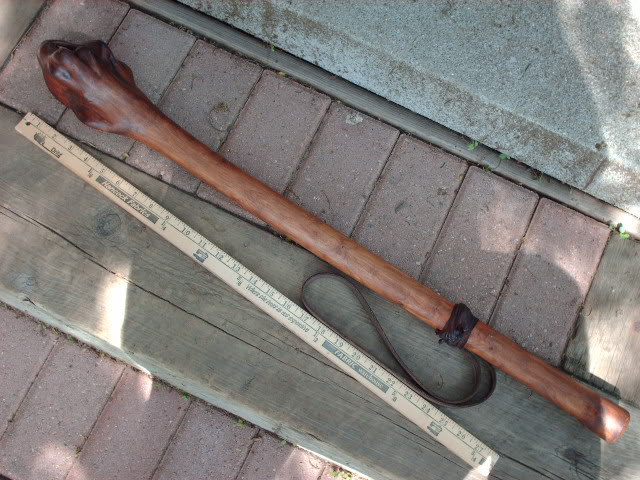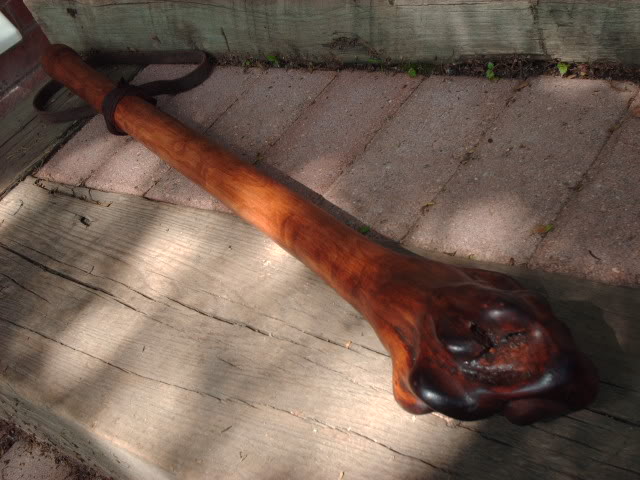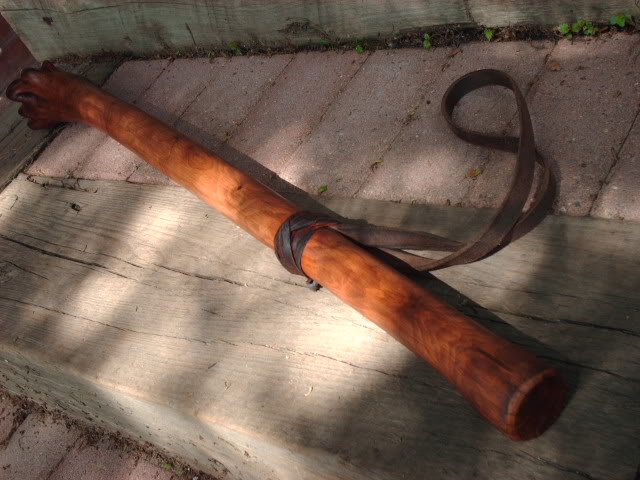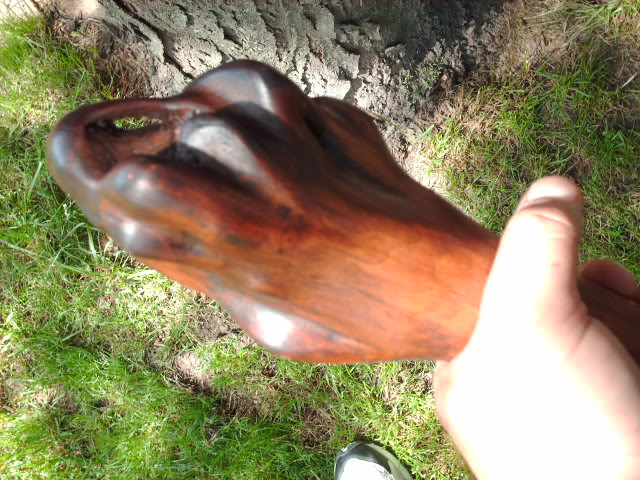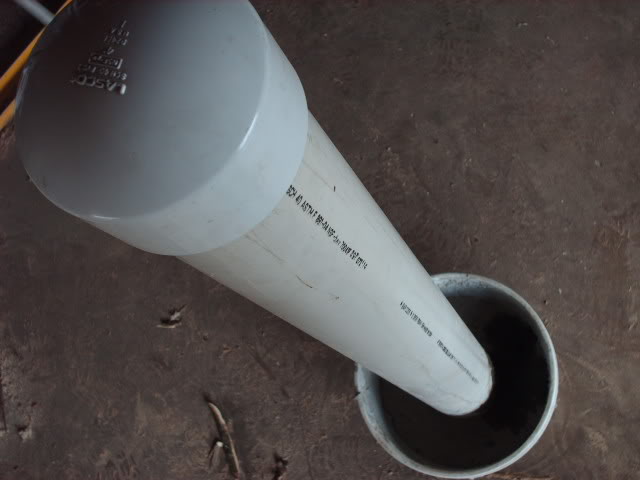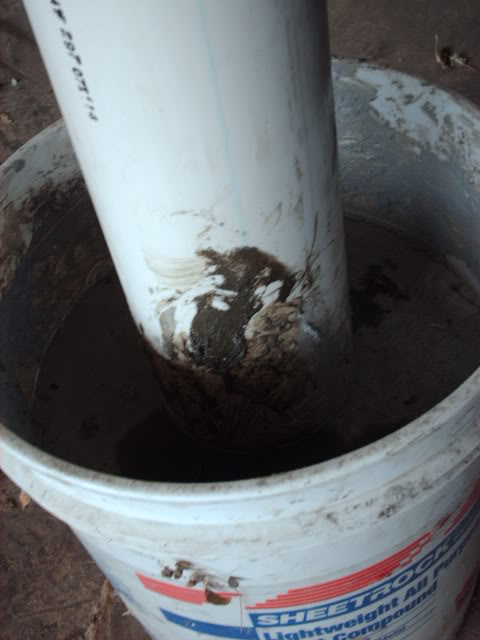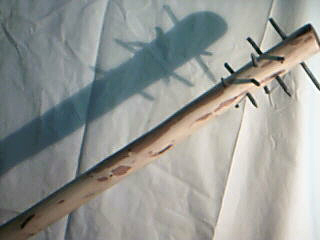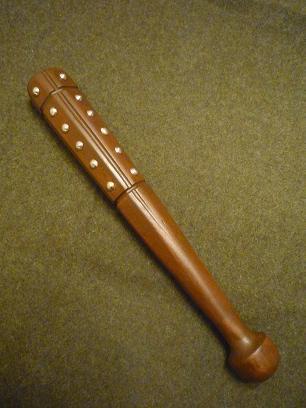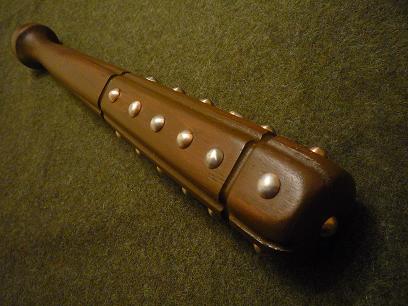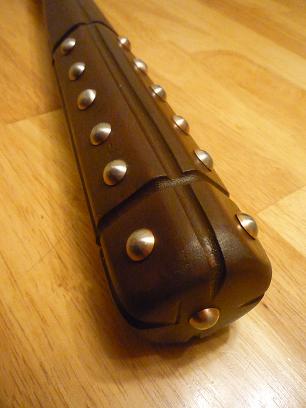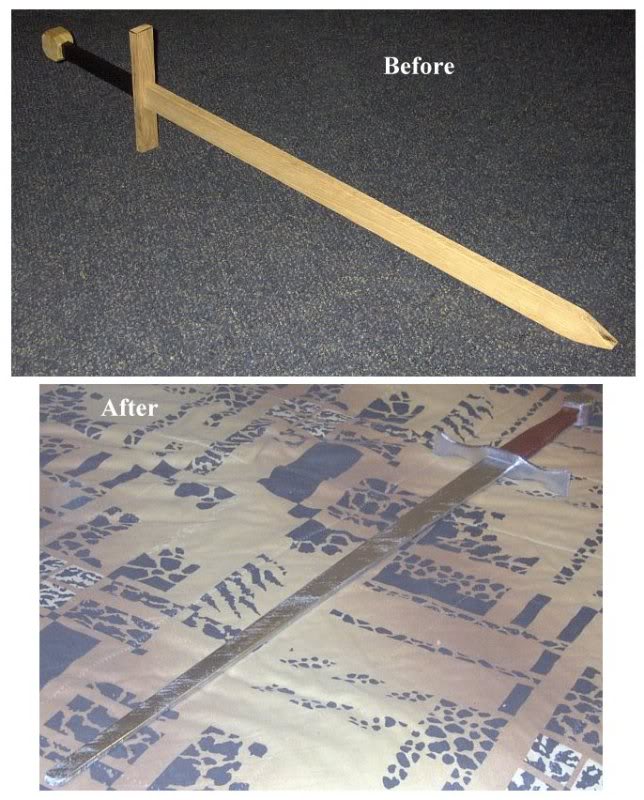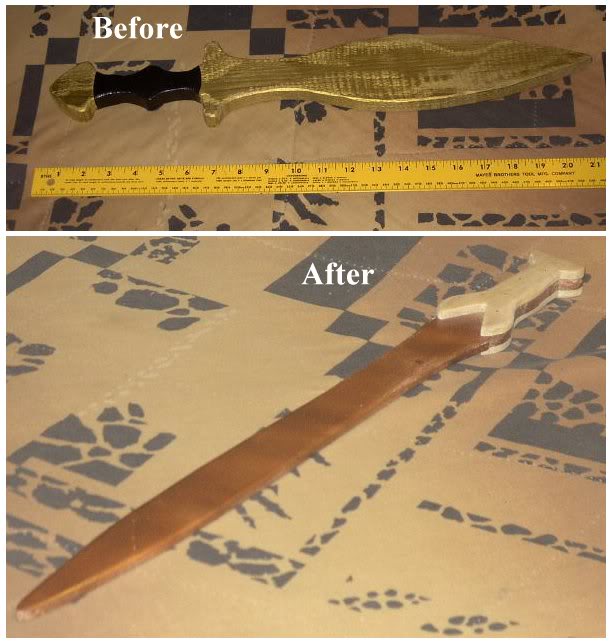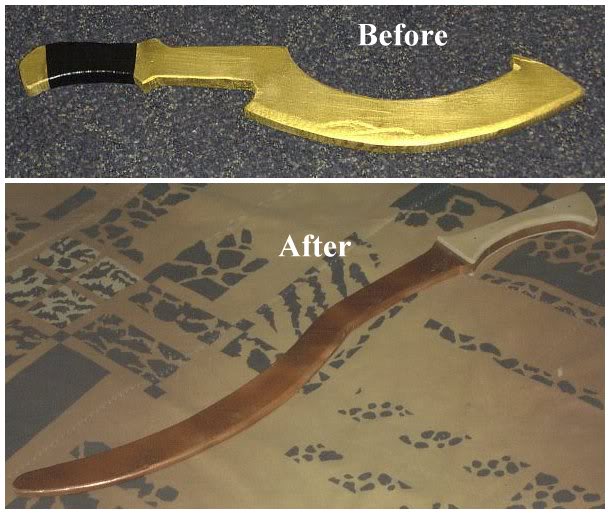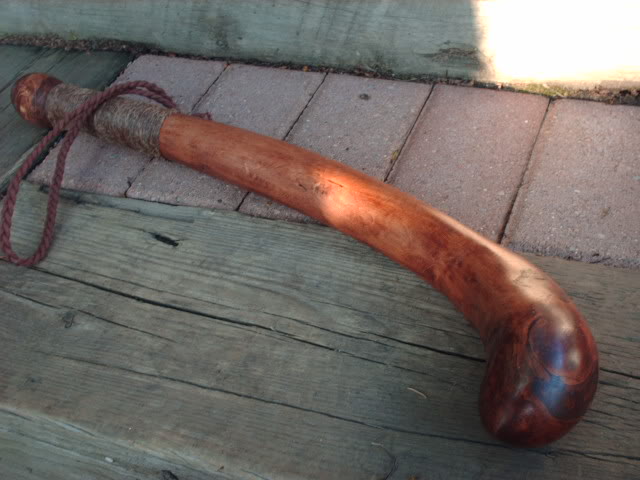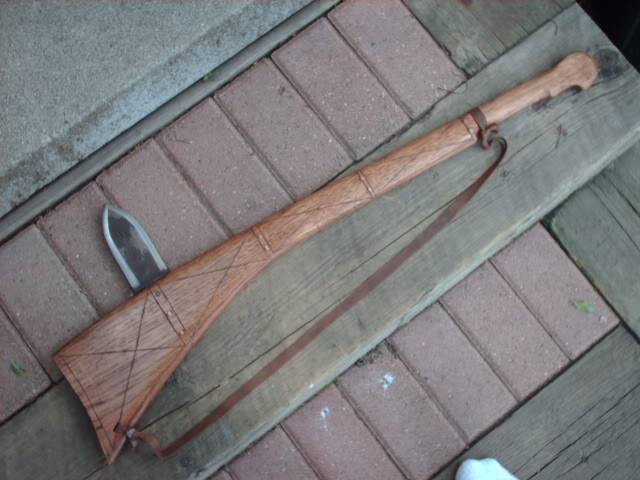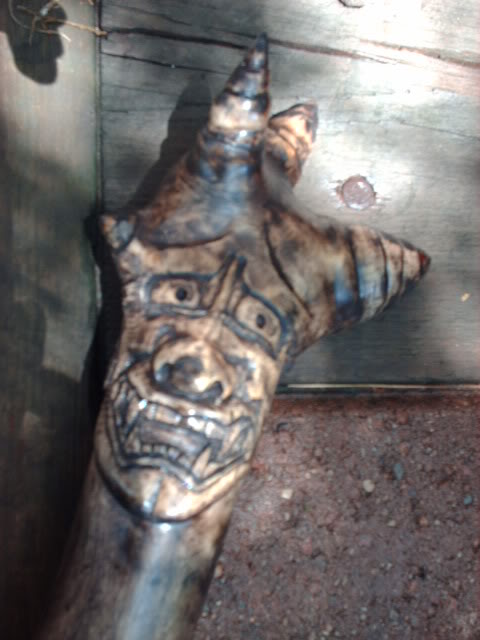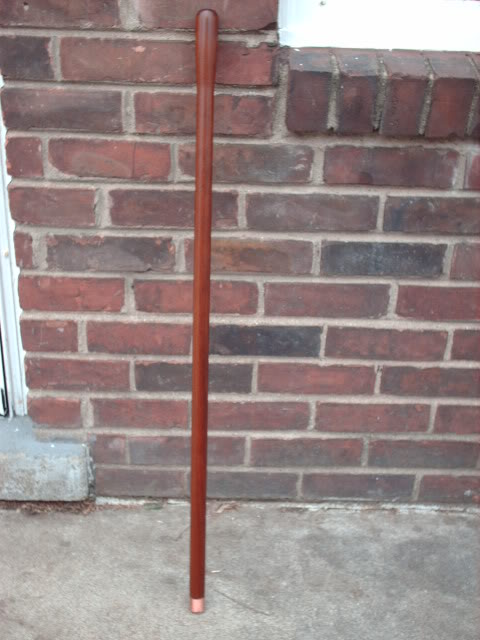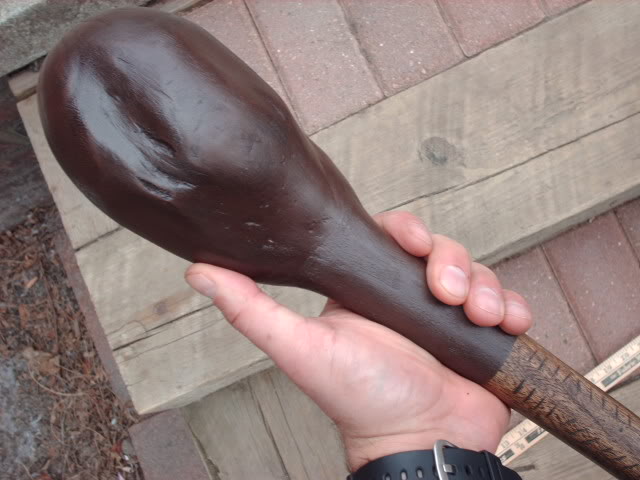| Shahril Dzulkifli wrote: |
|
Pat, I originally referred to the club above as a 'tiki club' after the tiki carving over its handle. |
Hallo Shahril Dzulkifli ,
It is not actually a tiki.
'Tiki' is not a carving style , it is an East Polynesian name for carved figures.
to quote wiki,
"In Central Eastern Polynesian cultures of the Pacific Ocean, tiki is a name given to large carvings of humanoid form. These carvings often serve to mark the boundaries of sacred or significant sites. The word appears as tiki in New Zealand Māori, Cook Islands Māori, Tuamotuan, and Marquesan; as ti'i in Tahitian, and as ki'i in Hawaiian. The word has not been recorded from the languages of Western Polynesia or of Rapanui (Easter Island)."
http://en.wikipedia.org/wiki/Tiki
and in NZ a small tiki is worn as a pendant , a 'hei' , hence the name Hei-Tiki.
Tekoteko is the name for larger statues in NZ.
Also , I should point out that Ku's main association is warfare , any other 'portfolios' are more by association than direct involvement .
I have seen that weapon on an internet sale site , with the same description .
Pat .

